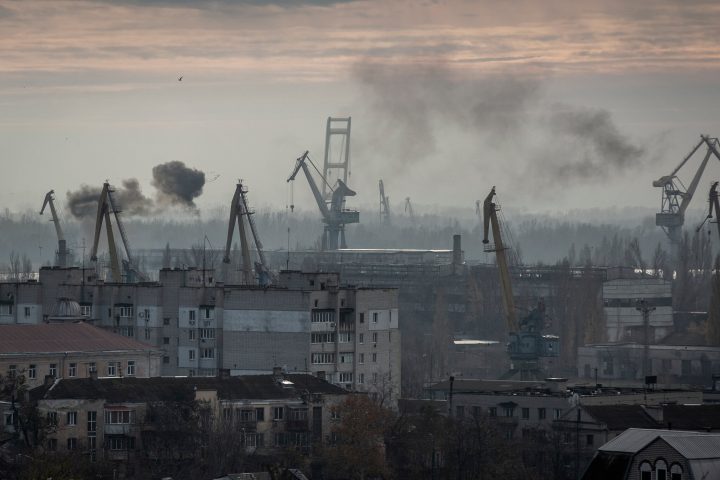A fire broke out at a garment factory and a chemical warehouse in Dhaka. 16 people were killed and dozens injured. Authorities are investigating the cause of the tragedy.
A fire at a garment factory in Bangladesh has killed at least 16 people
A massive fire broke out at a garment factory and a nearby chemical warehouse in the Bangladeshi capital, Dhaka, on Tuesday. At least 16 people were killed and many others were injured, according to rescue services.
Fire chief Tajul Islam Chowdhury said the fire broke out at noon on the third floor of a four-story factory in the Mirpur district, then spread to a warehouse with plastic, bleach and hydrogen peroxide.
The fight against the flames lasted three hours
Firefighters managed to bring the main fire under control in three hours, but the fire continued to burn in the warehouse.
Relatives of the missing workers gathered at the scene, many searching for their loved ones among the charred ruins.
“My daughter worked there. I ran there as soon as I heard about the fire. But I still haven’t found her… I just want my child back,” said the father of one of the victims, Farzana Akhter.
Blocked exits and toxic gas
Preliminary evidence suggests that the factory had no permits or a fire safety plan. According to Chowdhury, the exit door was locked with a bar, which prevented workers from escaping.
When the fire reached the warehouse, a chemical explosion caused a flash and toxic gas that knocked people inside unconscious.
Some victims can only be identified through DNA tests.
Government response and history of the tragedies
Bangladesh’s interim prime minister, Muhammad Yunus, expressed condolences to the families of the victims and called for an investigation into the causes of the tragedy.
Such incidents are not uncommon in the country: poor fire safety standards lead to dozens of disasters every year.
In 2012, a fire at the Tazreen Fashions factory killed 112 people, and the Rana Plaza building collapse in 2013 killed 1,135 workers.
The textile industry is the backbone of Bangladesh’s economy, employing more than 4 million people and providing more than 10% of the country’s GDP. However, the price of “cheap clothes” remains tragically high.












